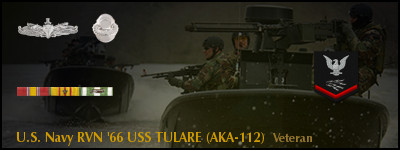As I was putting away the luggage after a trip I remembered that my wife and I made our own luggage tags that are available at several big name shopping stores and that they were self adhesive and waterproof. I made one each for my .300 WinMag and my .204 and thought that maybe you guys would like a quick refernence sheet as well. If you dont like the Hornady site you could just as easily make your own on Excel and probably include more data. And, yes, for those worried about melting the plastic tag going around the .204's scope base, I will be replacing that with 550 cord as soon as I find where I put that.


Hope this helps some of you!
Dan



